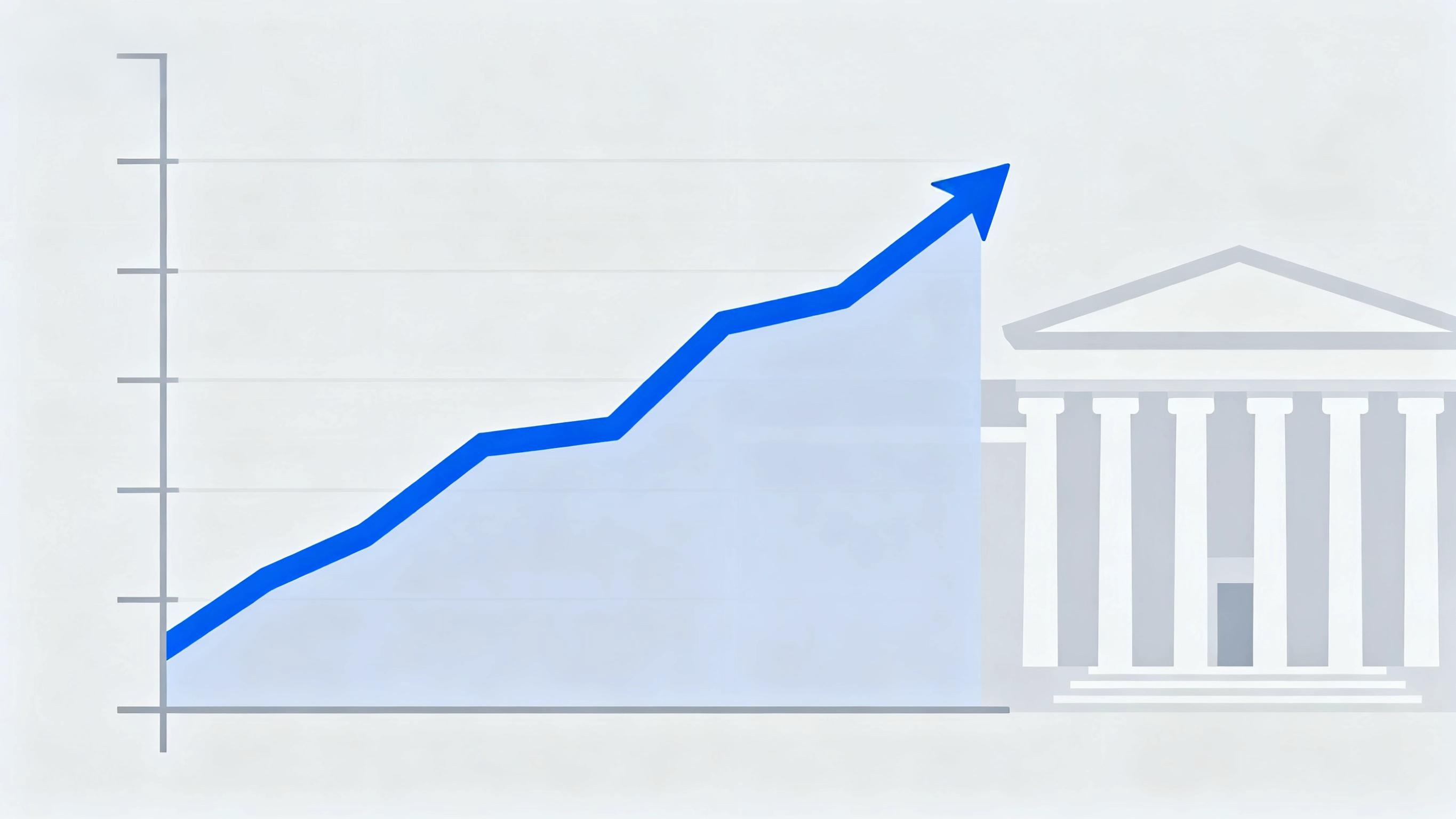
Brian Belski, Chief Investment Strategist at BMO Capital Markets, pointed out in a client report on September 11 that the Federal Reserve's shift towards interest rate cuts may extend the US bull market, but future stock returns are likely to be weaker than the historical average.
Belski's analysis of the performance of the S&P 500 index across 10 cycles following the first rate cut or resumption of rate cuts since 1982 found that 8 cycles achieved positive returns, with an average gain of about 10.4% in the subsequent year. Specific results varied significantly depending on the economic context, ranging from a decline of nearly 24% to an increase of over 32%.
Belski emphasized that whether the stock market can rise strongly depends on whether rate cuts can extend the economic expansion and maintain corporate profit growth. If monetary easing fails to prevent an economic recession, as in 2001 and 2007, the stock market will suffer losses.
The current economic situation shows favorable factors dominate: although the labor market is cooling, the Atlanta Fed estimates job growth remains intact, unemployment benefit claims are stable by historical standards, GDP growth is slightly above trend, and corporate profits are expected to maintain double-digit growth until 2026. Belski believes investors debating the extent of the Fed's rate cuts are "missing the point" – as long as the economy avoids major turbulence, the US stock market can maintain its bull run, although the significant gains over the past year suggest future increases may be more modest than historical norms.
At the sector level, BMO's analysis shows that in the ten rate-cutting cycles since 1982, most sectors rose within one year after the first rate cut. Communication Services, Consumer Discretionary, Industrials, and Information Technology sectors typically performed well, while the Energy sector consistently lagged. Notably, the Energy, Healthcare, Materials, and Utilities sectors, which performed weakly before this potential rate cut, may see above-average rebounds in the coming year.
BMO maintains its year-end 2025 target of 6700 for the S&P 500 index, corresponding to earnings per share of $275 and a price-to-earnings ratio of 24.4 times. The firm continues to recommend overweighting Technology, Financials, and Consumer Discretionary stocks, and underweighting Healthcare and Consumer Staples stocks. Specific strategies cover US Tactical Equity, Dividend Growth, and SMID (Small/Mid Cap) portfolios.
















